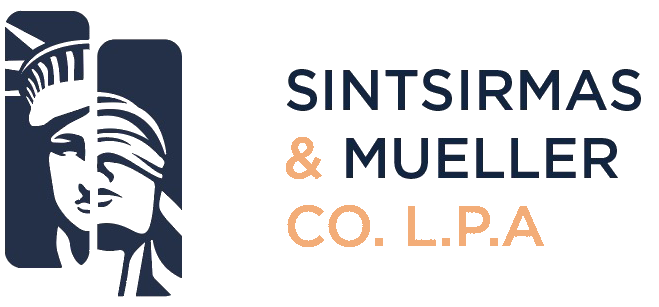Contact Us
Call Now Toll Free: 866-668-8727
Local: 216-250-9040
Speak Directly To An Attorney
Location
26361 Curtiss Wright Pkwy
Cleveland, OH 44143
Hours
- Mon - Fri
- -
- Sat - Sun
- Closed
Call Now Toll Free: 866-668-8727

Visa Bulletins: What You Should Know
Visa Bulletins: What You Should Know
The Visa Bulletin is a crucial resource for immigrants looking to navigate the complex world of U.S. immigration. Issued by the Department of State, it provides valuable information on the availability of immigrant visas, waiting times, and other essential details. This article will discuss everything you need to know about the Visa Bulletin and how it can help you plan your immigration journey.
What Is The Visa Bulletin?
The Visa Bulletin is a monthly publication issued by the Department of State's Bureau of Consular Affairs. It provides information on the availability of immigrant visas for individuals seeking permanent residency status in the United States. The bulletin is divided into two sections: family-sponsored visas and employment-based visas, each with its own preference categories and numerical limits.
Why Is The Visa Bulletin Important?
The Visa Bulletin is the primary source of information for immigrants regarding the availability of visas in their respective categories. Due to annual numerical limits imposed by Congress, there is often a backlog of applicants waiting for visas. The bulletin helps determine the priority dates for each category, allowing applicants to estimate the waiting time for their visa application to be processed.
How To Read The Visa Bulletin
The Visa Bulletin has several key components that are important for understanding your place in the visa application process:
- Visa categories: The bulletin is divided into family-sponsored and employment-based visa categories. Each category is further subdivided into preference levels based on factors such as family relationships or job skills.
- Priority dates: The priority date is the date when your petition was filed with the Department of State or USCIS (U.S. Citizenship and Immigration Services). This date determines your place in the visa queue.
- Final action dates: These dates indicate when a visa number is expected to become available for applicants in each category and country. If your priority date is earlier than the final action date, your visa application may be processed.
- Dates for filing: These dates indicate when applicants can submit their visa application forms and supporting documents, even if a visa number is not yet available.
- Country-specific limits: Some countries have higher demand for visas than others, resulting in longer wait times. The Visa Bulletin provides separate cut-off dates for these countries.
How To Use The Visa Bulletin
To use the Visa Bulletin effectively, you should:
- Identify your visa category and preference level.
- Check your priority date against the final action dates and dates for filing in the bulletin.
- Monitor the Visa Bulletin monthly to track changes in your category's availability and waiting times.
Remember that the Visa Bulletin is only an estimation tool and cannot guarantee when your visa will become available. Processing times may vary depending on factors such as government processing capacity and changes in immigration law.
Conclusion
The Visa Bulletin is an essential resource for immigrants seeking to navigate the complex U.S. immigration system. By understanding and utilizing the information it provides, you can better plan your immigration journey and manage your expectations regarding visa availability and waiting times. Stay informed and proactive by regularly checking the Visa Bulletin and consulting with an immigration attorney or expert to ensure a smooth and successful path to permanent residency.
If you are seeking a visa, contact Sintsirmas & Mueller Co. L.P.A.






One Step Closer To Achieving Your Dream
Contact Us Now To Schedule A Case Evaluation
Homepage FCE Form
We will get back to you as soon as possible.
Please try again later.
By submitting this form, you agree to be contacted by our law firm, either by phone, text or by email.
Quick Links
Hours
- Mon - Fri
- -
- Sat - Sun
- Closed
Speak Directly To An Attorney
Sintsirmas & Mueller Co. LPA ( S&M Co. LPA) is a law firm, but the information on this website is for general information only. Nothing on this site should be construed as soliciting legal business by S&M Co. LPA or its attorneys, nor as an advertisement of legal services. The information on the website is not legal advice and content within the site is not intended to establish an attorney-client relationship. No legal advice will be given except by an attorney, after an engagement letter with S&M Co. LPA is executed. As required by Rule 7.3 of the Ohio Rules of Professional Conduct, please note that parts of this website may contain ADVERTISING MATERIAL.
All Rights Reserved | Sintsirmas & Mueller Co. L.P.A. | Powered By Convert It Marketing | Privacy Policy
All Rights Reserved | Sintsirmas & Mueller Co. L.P.A. | Powered By Convert It Marketing | Privacy Policy



